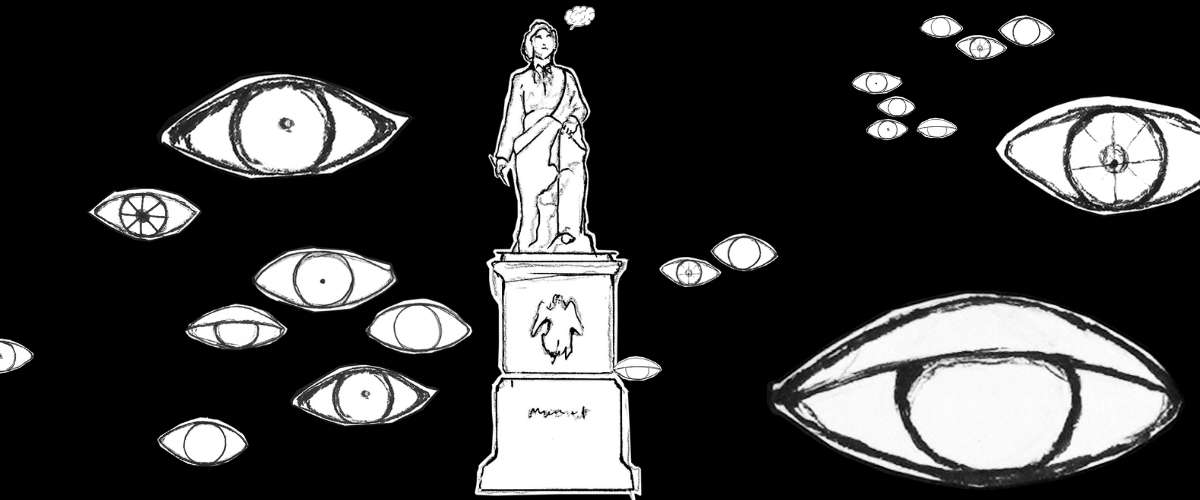“The way we organize the arts in the West needs to be rebuilt from the ground up”
Hassan Mahamdallie in conversation with Anita Moser and Ielizaveta Oliinyk
Where do you see the role of society in this?
The most important thing about the arts is its connection to society. There’s no art without an audience. Whether it’s a painting or a concert, a piece of theatre or a piece of digital art, it has no meaning unless it’s received by someone. At the moment, we have particular structures in the arts as we have organised them in the West, probably since World War II with the intervention of the state in funding the arts, which has perhaps surprisingly acted to push the arts away from society.
We could talk about many actions which could make things more equal in the arts, changes in how arts funding is distributed, changes in commissioning, rewriting job descriptions to make sure posts don’t go to the same narrow group of people. We could do all those things and, to be honest, they are quite simple. But it becomes complicated as soon as you present these solutions to the art world. One of the speakers on the session at the Belvedere Museum said, ‘but it’s complicated and there’s not a one-size-fits-all; it depends on the organization and its history.’ We could say, ‘yes, that’s probably true,’ right? But what you see there is a tendency to complicate something which is quite simple. And the question is: why? Why is it, when all these great ideas about how to make things more equal hit the real world, it becomes more complicated? Again, it is rooted in power and democracy.
“The most marginalized are the ones who are the most creative. Therefore, surely they should be given more value than we do.”
Around a decade ago, you ‘invented’ the Creative Case for Diversity for the Arts Council England.*2 *(2) Could you tell us how the approaches of the Creative Case for Diversity differ from other concepts? What are the arguments, and what are the challenges?
I realized that the arts, like other arenas of human activity, has its ownrules and language. The Creative Case for Diversity, first and foremost, was an argument about the arts in the language of the arts. We drew on art history, such as the Harlem Renaissance, on radical frameworks, which we would now probably call decolonial theories. Important were radical feminist theories, including, for example, what is known as standpoint theory. It talks about how your view of the world differs in relation to your proximity to or distance from power and how those who are locked out of power have a broader, deeper vision of society than those who hold power. The notion that value lies at the margins rather than in the centre. It is usually on the streets, in clubs, amongst the people who we least expect, or we’ve given least value to. That’s where innovation in the arts comes from, like I pointed out in my talk, when I spoke about the Harlem Renaissance and the emergence of jazz. And in the late twentieth century, hip-hop was a new genre of artistic practice which emerged from marginalized groups.
Hassan Mahamdallie, Anita Moser, Ielizaveta Oliinyk ( 2022): “The way we organize the arts in the West needs to be rebuilt from the ground up” . Hassan Mahamdallie in conversation with Anita Moser and Ielizaveta Oliinyk. In: p/art/icipate – Kultur aktiv gestalten # 13 , https://www.p-art-icipate.net/the-way-we-organize-the-arts/


 Artikel drucken
Artikel drucken Literaturverzeichnis
Literaturverzeichnis